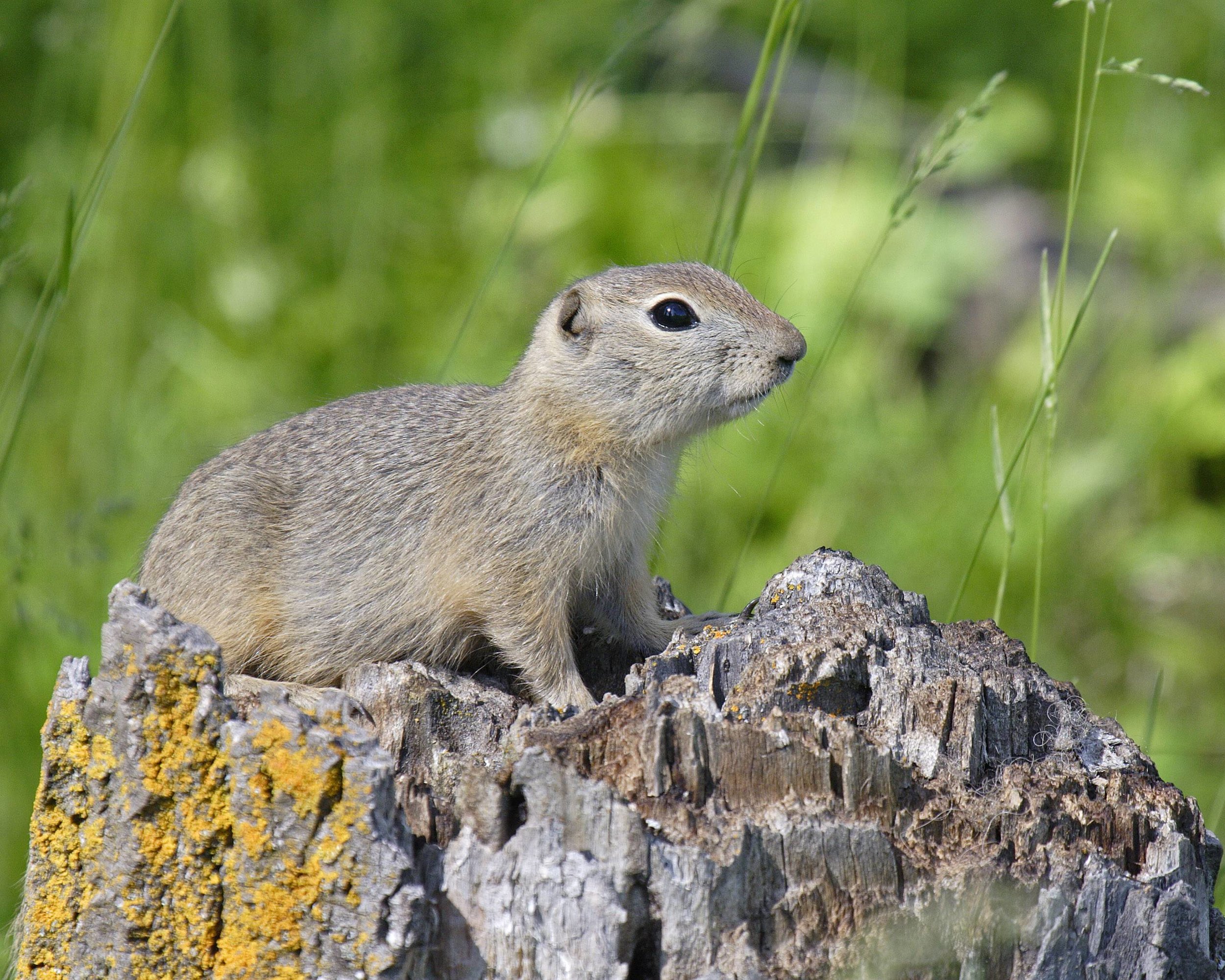By: Shawny Eckert
You have probably grown up hearing about hibernation, but have you heard of the many other types of dormancy that animals may use? While hibernation may be one of the most common types in Canada, there are many other ways animals make it through some tough conditions!
Hibernation
Before animals enter hibernation, they consume as much food as possible and store it as fat reserves in their bodies. Once they have gained enough weight, they find a warm place where they enter a deep sleep. During hibernation, the animal’s body temperature and metabolic rate drops, and its heartbeat will be reduced as much as 90%. If the surrounding temperature gets too low, certain species will wake slightly and shiver to warm up. Some examples of true hibernators are frogs, snakes, bats and ground squirrels. Read our blog about Hibernating Herptiles!
It should be noted that while bears are often used as an example of a hibernator, that is not the case! Unlike true hibernators, like a ground squirrel, a bears body temperature and metabolic rate only drops a little (a ground squirrel will almost freeze during hibernation!) and they don't need to wake up to eat more food and pass waste intermittently. They can go more than 100 days without waking up! What bears do is referred to as torpor, which is described below.
Ground squirrels are true hibernators
Photo Credit: Gerald Romanchuk
Aestivation
Aestivation is like hibernation, but it takes place when temperatures reach an extreme high. Animals that undergo aestivation prefer moist places, such as mud, tree trunks, or the deepest part of a lake for aquatic species. Aestivation isn’t the same type of deep sleep that hibernation is, in fact, animals undergoing aestivation can quickly return to normal state once temperatures go down.
An earthworm is an animal that goes through aestivation.
Photo Credit: Wikimedia Commons - Fir0002/Flagstaffotos
Brumation
Hibernation is restricted to mammals, but brumation is seen in reptiles. Unlike the deep sleep of hibernation, brumation is characterized by long periods of inactivity with small bouts of movement to eat a little and drink some water when temperatures are warm.
Torpor
While hibernation and aestivation are characterized by long periods of inactivity, torpor is a period of inactivity for a length of time. Animals that undergo torpor maintain a normal body temperature throughout the day but can lower their metabolic rate to help them survive extreme conditions such as an extremely cold night or a food shortage. Chickadees may undergo torpor on winter to survive cold nights. A big difference between torpor and hibernation is that animals in torpor can wake quickly, while true hibernators cannot.
Chickadees are a species that undergo torpor .
Photo Credit: Gerald Romanchuk
Diapause
Diapause is a type of dormancy where development of the species is suspended during unfavorable conditions. Diapause is common in insects, allowing them to delay development between autumn and spring. In mammals, diapause is a delay in the attachment of the embryo to the uterus, also known as delayed implantation. This ensures that the young are born in spring, during more favorable conditions.
Monarch Butterflies can undergo Diapause
Photo Credit: Don Delaney





